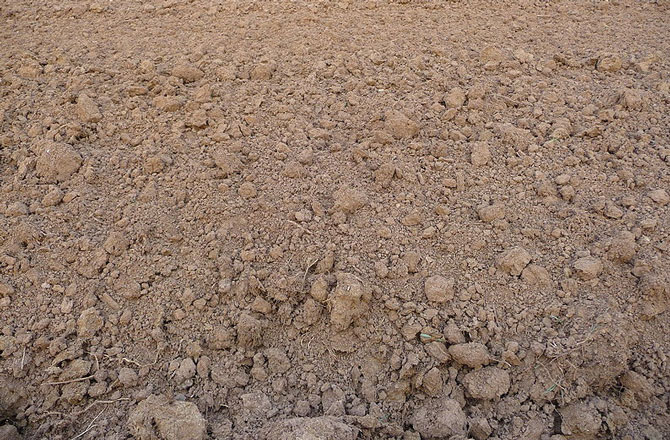Earth Could Lose a Third of Its Topsoil

You might think that dirt doesn’t matter that much — after all there seems to be so much of it all over the planet. But researchers warn that the world’s precious supply of topsoil — which we need to grow food crops, absorb excess carbon and supply us with new antibiotics — is being lost faster than it can be replenished through natural processes. And the decreasing supply of soil could have a catastrophic effect on agriculture and the world supply of food.
The UN, which designated 2015 as the International Year of Soils, warns that 33 percent of the planet’s soil resources are being degraded due to erosion, pollution, acidification and nutrient depletion — destructive processes that are caused by bad land management. And unless new approaches are adopted, the amount of productive farmland on Earth per person will only amount to one-fourth of the amount available in 1960.
NEWS: People Erode Soil 100 Times as Fast as Nature
In December, the UN is set to release a report on the state of the world’s soil, and it’s likely to present an even more grim picture, according to a preview in New Scientist. We’re losing soil at the rate of 30 soccer fields per minute, and if we don’t slow the decline, the planet’s entire supply of soil for farming could be gone by 2075.
“Many would argue soil degradation is the most critical environmental threat to humans,” Peter Groffman, a soil researcher with the Cary Institute of Ecosystem Studies in New York state, told New Scientist. In addition to serving as a medium for growing food, soil is a major bulwark against climate change. Microbes and fungi in the soil soak up carbon from plants and the decomposing bodies of animals. According to Nature, the planet’s dirt may contain three times as much carbon as the atmosphere.
NEWS: Deforestation Robs Amazon Soil of Life
One of the big culprits is the overuse of synthetic fertilizers, which can turn the soil acidic and salty, and interfere with the interaction of fungi and plant roots that helps to store carbon. The Union of Concerned Scientists says that soil can be protected by changing agricultural practices — in particular, from switching from fertilizer-intensive monoculture back to traditional crop rotation and use of cover crops to replenish nutrients in the soil. One surprising fact about soil is that it takes a long time to form — as much as 1,000 years for one centimeter, according to the UN’s website.
Source
http://news.discovery.com/earth/global-warming/earth-could-lose-a-third-of-its-topsoil-151015.htm

